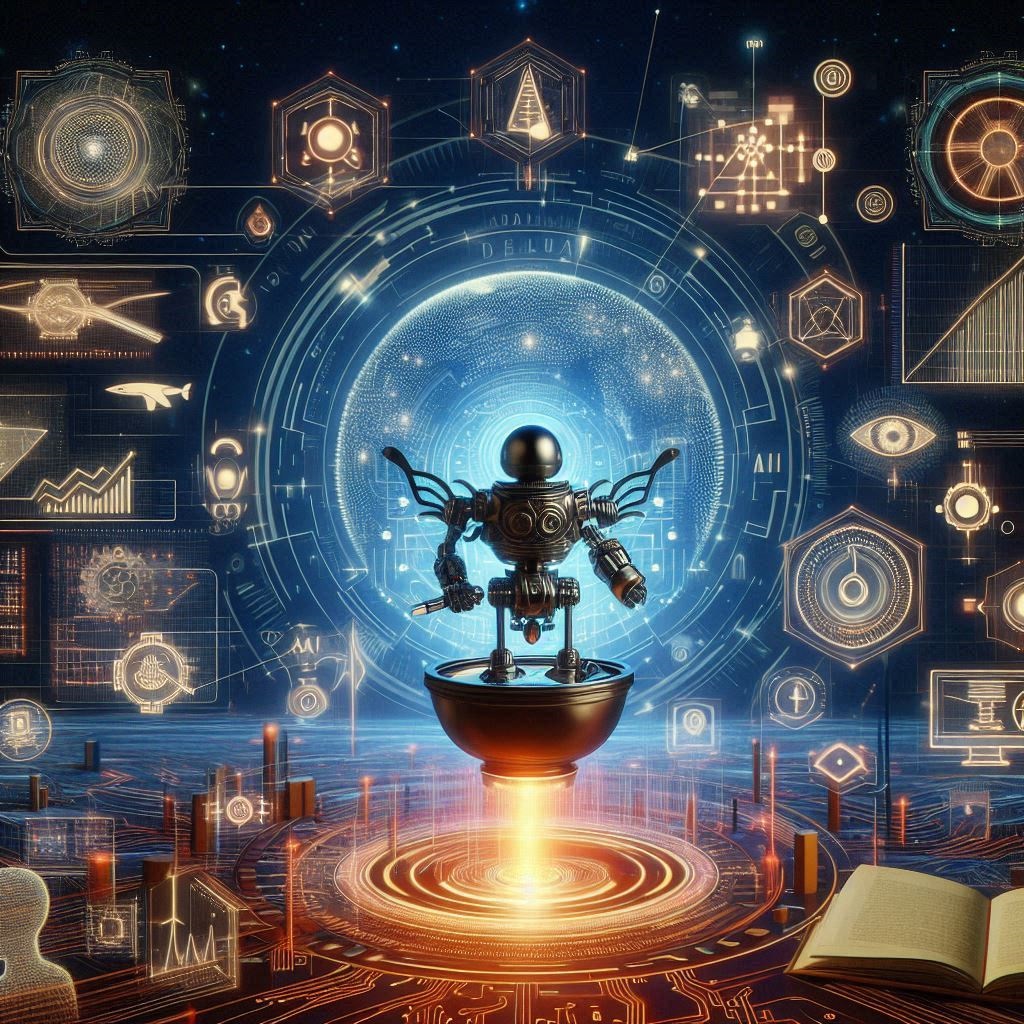The Future of Plagiarism Checking in the Age of AI
Plagiarism detection has always been an essential tool in education, research, publishing, and content creation. But with the explosive advancement of Artificial Intelligence (AI), the way we create and evaluate content is rapidly evolving. While AI opens new opportunities for creativity and efficiency, it also presents significant challenges for maintaining originality and academic integrity. This blog explores the future of plagiarism checking in the age of AI, focusing on where we’re headed, the tools evolving to meet these challenges, and how you can stay ahead of the curve.
1. The Evolution of Plagiarism Detection
In the early days of digital content, plagiarism detection was limited to simple string-matching algorithms. Tools like Turnitin and Copyscape scanned documents and compared them to a limited number of databases. While effective to some degree, these early systems couldn’t handle paraphrased content or detect more nuanced plagiarism like semantic rewriting or idea plagiarism.
Today, advanced plagiarism tools such as Drillbit and AI-powered platforms go far beyond text-matching. They analyze sentence structure, vocabulary shifts, and even semantic similarity. However, this evolving sophistication is being matched—if not outpaced—by AI-powered content generation tools like ChatGPT, Jasper AI, and QuillBot, making the task of detecting true originality even more complex.
2. The Rise of AI-Generated Content
AI is now capable of producing well-written, coherent articles in seconds. Tools like OpenAI’s GPT models can generate essays, reports, blogs, and academic papers with near-human proficiency. This has sparked a growing concern in academic institutions and publishing houses.
The issue is twofold:
-
Unintentional plagiarism: Users might not realize that AI-generated text could be too close to existing content.
-
Intentional misuse: Some users rely solely on AI tools to create content without proper citations, leading to academic dishonesty.
What complicates the issue further is that traditional plagiarism detectors often fail to flag this AI-generated content. Since the output is often unique (not copy-pasted), standard tools may rate it as “original,” even when it mimics existing ideas or language patterns.
3. How AI is Enhancing Plagiarism Detection
Fortunately, AI is also being used to enhance plagiarism checking tools, allowing for more accurate and context-aware results. Here are some of the innovations we’re seeing:
a. Semantic Analysis
Modern plagiarism checkers can understand context, not just exact matches. This enables them to detect paraphrased or synonymized content more effectively.
b. Cross-Language Checking
Some tools now identify plagiarism even if the source content has been translated from another language. This is essential in global academic and publishing environments.
c. Stylometry
AI can analyze an author’s writing style to determine if the text is consistent with their known work. If a student submits a paper drastically different in tone, vocabulary, and syntax, the system can flag it for review.
d. Real-Time Feedback
Many AI plagiarism detection tools now provide instant analysis with suggestions for improvement, enabling students and writers to make real-time corrections before final submission.
4. Challenges in the AI Age
While AI-based plagiarism detection tools are improving, they are not without challenges:
-
False positives: Some tools may flag commonly used phrases or technical jargon as plagiarism.
-
Data privacy: Uploading documents to cloud-based checkers may pose data security concerns.
-
Detecting AI-generated content: Differentiating between human-written and AI-generated text is still a work in progress. Some tools like GPTZero attempt this, but with mixed accuracy.
-
Ethical boundaries: The line between “AI-assisted writing” and “plagiarism” is becoming increasingly blurred.
These challenges demand not just better tools but also better awareness and policy-making.
5. The Role of Platforms like Plagiarism Remover Online
At Plagiarism Remover Online, we understand that the digital content landscape is changing rapidly. That’s why our services are designed not only to check for traditional forms of plagiarism but also to adapt to evolving AI-based content creation methods.
Our Services Include:
-
Turnitin and Drillbit-compatible plagiarism removal
-
Paraphrasing using AI + human intelligence
-
Plagiarism reports and detailed analysis
-
Custom rewriting for academic and web content
As AI becomes more integrated into everyday content creation, platforms like ours will play a critical role in ensuring originality while helping users stay compliant with academic and professional standards.
6. The Future: Integration and Regulation
Looking ahead, the future of plagiarism detection lies in a combination of technological innovation, user education, and policy regulation.
a. AI and Blockchain Integration
Using blockchain technology to timestamp original content can help verify ownership and prevent unauthorized replication. This could revolutionize content authentication and reduce disputes over originality.
b. Institution-Level Integration
Educational institutions may begin integrating plagiarism detection directly into learning management systems (LMS). Real-time writing analysis during exams or assignments will help reduce post-submission violations.
c. AI Content Watermarking
OpenAI and other organizations are working on invisible watermarks that identify whether content was generated by AI. If implemented effectively, this could assist in both detection and accountability.
d. Ethical Guidelines and Awareness
Governments, universities, and corporations must collaborate to define what constitutes acceptable use of AI in content generation. Just like citation standards evolved with the internet, new ethical frameworks must arise to guide AI-assisted authorship.
Conclusion: Adapting to the AI Revolution
The age of AI presents both promise and peril for plagiarism detection. As content creation tools become smarter, so too must the systems that evaluate originality. The future of plagiarism checking will not rely solely on detecting copy-paste violations but on understanding meaning, authorship, and intent.
At Plagiarism Remover Online, we are committed to staying ahead of this curve—offering up-to-date services that not only detect but also help eliminate plagiarism in the most ethical and accurate way possible.
Whether you’re a student, educator, researcher, or content creator, the message is clear: AI is here to stay—so let’s learn to use it responsibly and smartly.

